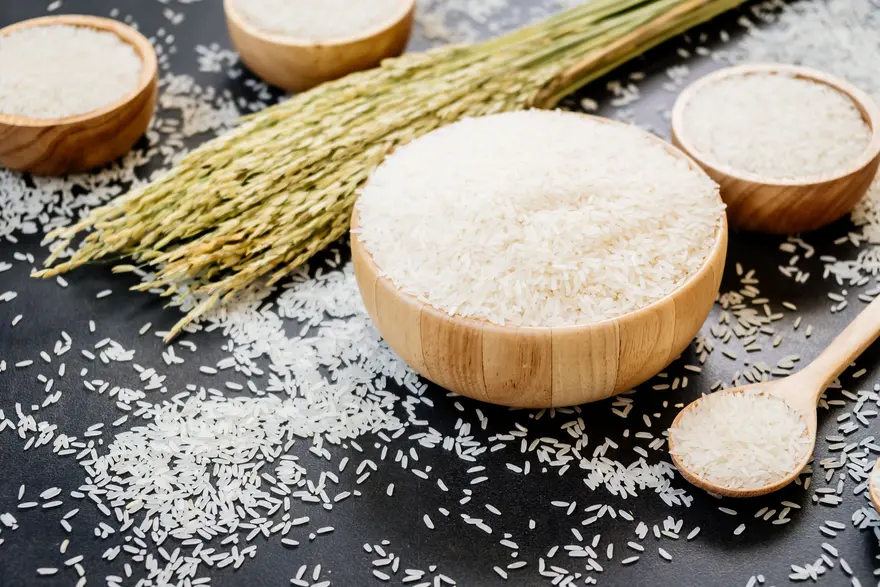Preventive Healthcare
Dark Yellow Colour Urine : Causes, Symptoms, What Is The Reason & What does it Indicate?

Table of Contents
Urine carries waste products and excess water that your kidneys have filtered from the blood. Normally the colour of your urine ranges between pale yellow and a dark amber colour based on the ratio of waste products to the water. As many factors contribute to the change in urine colour, it is one of the best indicators for health problems. Here is a comprehensive list of the causes, diagnosis, and what you can do to prevent or cure dark yellow urine.
Causes of dark yellow urine
There are five leading causes of dark yellow urine. These are:
Dehydration
Usually, dark yellow urine indicates less water in the body, also known as dehydration. This can also lead to other symptoms, such as:
- Thirst
- Weakness or dizziness
- Dry mouth and lips
- Constipation
- Trouble swallowing dry food
- Fatigue
Most children, older adults, and individuals with severe health conditions like cancer are more prone to dehydration. If the symptoms worsen, you may need to visit a doctor. More severe symptoms include:
- Lethargy
- Parched tongue and mouth
- Shallow blood pressure
- Absent or weak pulse
- Low or no urine
- Skin that tends to move back very slowly after it has been pinched
Food you eat
The food you eat comes out in the form of waste products. Some food items such as beets or blackberries may cause your urine to become dark red. On the other hand, eating rhubarb can result in dark brown or tea-coloured urine.
Several medications can cause dark yellow urine as well.
- Senna, thioridazine, and chlorpromazine can turn the urine red.
- Warfarin, rifampin, and phenazopyridine can cause urine to look orange.
- Indomethacin, amitriptyline, nitrofurantoin, and metronidazole can turn urine green or blue.
- Primaquine, chloroquine, nitrofurantoin, and metronidazole make urine look dark brown, like tea.
Hemolytic anaemia
Your body produces red blood cells in the bone marrow. Most often, the body will destroy any old or faulty cells in a hemolysis process. If your body destroys too many red blood cells by mistake, it leads to a condition known as hemolytic anaemia. This usually occurs after a blood transfusion or can be a side effect of a specific medication. Other symptoms of hemolytic anaemia include:
- Fatigue
- Dizziness
- Heart palpitations
- Headaches
- Pale skin
- Enlarged liver or spleen
- Jaundice
Severe symptoms include:
- Back and abdominal pain
- Fever
- Chills
- Shock
Urinary tract infections
Urinary tract infections are usually caused due to the presence of bacteria in the bladder. This condition is more common among women as compared to men. The bacteria usually travels through the urethra into the bladder, which is why many people call this cystitis or bladder infection.
Symptoms of urinary tract infection, other than dark yellow urine, are:
- Pain or burning sensation when urinating
- Pressure or pain in the abdominal area
- Frequent urge to urinate
- Urine appears dark, cloudy, and almost bloody
Hepatitis C
The hepatitis C virus (HCV) causes liver infections. It does not display too many symptoms in the early stages, so it goes unnoticed until liver damage causes problems. Because of HCV's association with how the liver processes waste, it can sometimes cause dark yellow urine.
Some common symptoms associated with HCV are generally mild and can appear anywhere between 2 weeks to 6 months after exposure to the virus. The symptoms include:
- Fatigue
- Sore muscles
- Poor appetite and nausea
- Itchy skin
- Jaundice
- Dark yellow urine
- Stomach pain
Diagnosis of dark yellow urine
If you have been passing dark yellow urine that is not a side effect of medication or dehydration you may have to get a comprehensive examination done by your doctor. They may even suggest a urinalysis which includes taking a two-ounce sample of urine and testing it for the presence of several factors that could guide the doctor towards the underlying reason behind the colour of the urine. These factors include:
There are three main components of this test:
- A visual examination where the urine is observed to note the colour and if it is clear, cloudy, and concentrated.
- Chemical testing helps see if your urine sample contains blood, ketones, proteins, glucose, or bilirubin.
- Microscopic testing detects the presence of bacteria in the urine sample.
The ideal urine sample is taken from the first urine produced in the morning. This usually shows the most abnormalities as it is more concentrated than the urine you pass throughout the day. A urinalysis is often followed by more targeted tests which can include blood tests or a urine culture which helps identify the bacteria in the sample.
Treatment of dark yellow urine
Anyone who is suffering from severe dehydration may need rehydration therapy. This will involve administering oral rehydration fluids or salts as well as electrolytes in the hospital. Most often dark yellow urine due to food or medication is not a concern as the colour of the urine goes back to normal as soon as you stop consuming those products.
More severe cases of hemolytic anaemia may require a blood transfusion, blood or bone marrow transplant, and in some cases surgery or removal of the spleen.
UTIs are usually treated with antibiotics, while new treatments for HCV can treat the viruses without many side effects.
To sum up
If you have passed dark yellow urine, your first step is to drink more water and think about whether you have eaten anything or taken any medicine that caused a change in colour.
Metropolis Labs provides the option of at-home sample collection so you do not have to worry about taking out the time to visit the diagnostic centre. Get tested today!


































